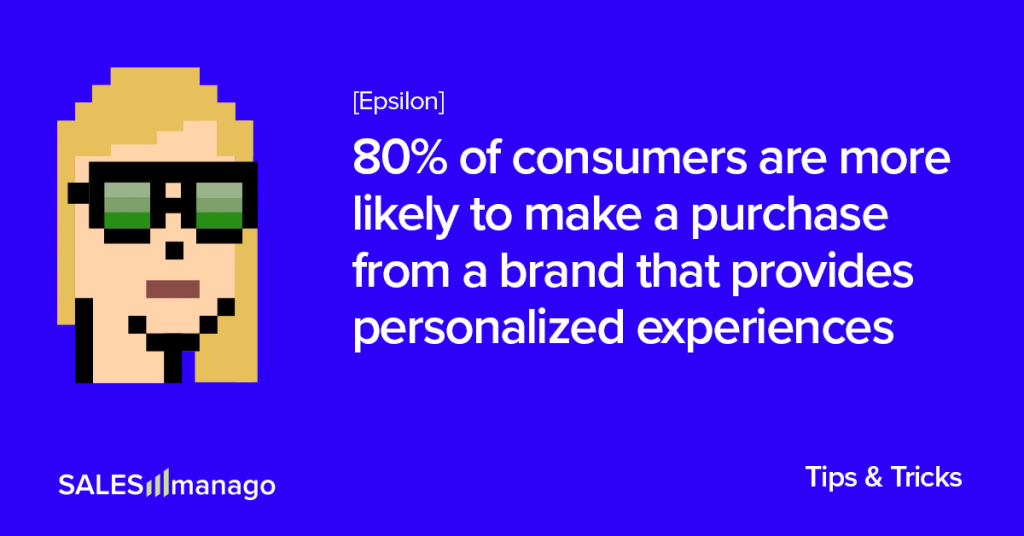
How could one open up new opportunities for preference-based advertising and add a human factor to communication by confronting raw data with the real needs of real customers? The answer is: by emphasizing zero- and first-party data. What are they? Why should you collect them, and how do you do it? Here’s our Supreme Guide that will help you bring more consent to your relationships with customers and multiply your marketing results.
If you want to jump straight to use cases, be sure to check out part two >>
Many marketing professionals fall into the trap of assuming in advance that they know what their customers want. This attitude tends to backfire, as customers often follow their own paths rather than aligning with the vision of brainiacs from Marketing departments. Therefore, one should consider whether the demand for more “human” marketing is real?
- 92% of customers appreciate companies giving them control over what information is collected about them. (Salesforce)
- 83% of consumers are willing to share their data to create a more personalized experience. (Accenture)
- 79% of customers are willing to share relevant information about themselves in exchange for contextualized interactions in which they’re immediately known and understood. (Salesforce)
- 74% of consumers say “living profiles” with more detailed personal preferences would be useful if they were used to curate personalized experiences, products, and offers. (Accenture)
- 80% of consumers are more likely to make a purchase from a brand that provides personalized experiences. (Epsilon)
- Your online conversion rate can improve by roughly 8% when you include personalized consumer experiences. (Trust Pilot)
The numbers don’t lie. Customers are becoming more and more conscious. They are getting better at setting their own boundaries and prefer to enter relationships with brands on their own terms. Does this mean a doomsday for digital marketing?
Zero-party data: The What
The end is nigh, though not necessarily for all varieties of online marketing. As customer awareness increases, there is a slow but inevitable shift away from third-party cookie-based marketing to permission-based marketing and zero-party data.
Basic definitions
There are several terms related to the new trend that are worth knowing, as they will be used later in the article.
Cookies
A cookie or cookie file is a piece of text stored in your browser’s memory to collect information about your online behavior. Anytime the browser needs some of this important information, it uses it to retrieve important information.
Example
Imagine you enter a new website and register as a new user. Next time you’ll try to log in, the website will prompt your username. The information about your nick isn’t stored in a website memory; it exists as a cookie file on your computer. While you enter the login page, the browser requests this information and automatically completes the username input field.
First-party data
First-party data is information collected through cookies and other tracking technologies by companies first-hand from their recipients.
Example
An example of first-party data could be the on-page behavior and transactional information collected by SALESmanago on a user’s site. It’s a bit like a good salesperson who observes and remembers their customers’ habits in order to recommend them the most suitable items from their booth with no questions asked.
Third-party data
Third-party data is customer information collected by companies that have no direct contact with those to whom the data relates.
Example
To understand how third-party data works, think of a municipal archive. This organization stores information from different administrative units. All the information is sorted and clustered. It can be accessed by different people, often for a certain price. Third-party data works similarly. A company collects from other companies their first-party data about large groups of consumers, like winter sports fans, gamers, or CEOs. You can have paid access to this data, but it will be already aggregated. Instead of knowing who exactly you are targeting, you will only know the general characteristics of the group, gathered from people’s behavior on various websites.
Zero-party data
Unlike the first- and third-party data, zero-party data refers to all kinds of information requested by brands and provided directly by customers.
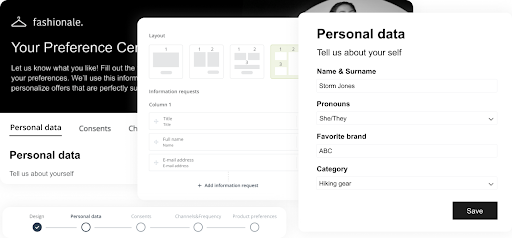
Example
Zero-party data can be explained using an analogy to a brick-and-mortar store. When a person enters an isle with a specific type of product, all they know is that they want an item from this isle. Oftentimes, the amount of different options is more a curse than a blessing. A store associate approaches them to help and starts asking questions. They ask about the customer’s preferences, conditions, ways they want to use this item, and according to this information they help a customer pick the item that will suit them best. In this example, zero-party data are things the customer tells to a salesperson which will help them find the right product.
Zero-party data: The Why
One of the factors that is forcing change in the modern world is the growing demand for personalization, which is understandable and logical. Being plugged into more and more devices, we are fully aware that our private lives and consumer choices are no longer our own. This comes with consequences. In 2019 only 54% of consumers said they are willing to share their email address—up from 61% in 2018. At the same time, up to 86% of consumers are willing to pay for a better customer experience. But what builds a good experience? Is it enough to observe user behavior on the site, and assume you know best what they need? Or is this behavior overwhelming rather than nourishing?
Rented relationships
Third-party data-driven online marketing is all about rented relationships. The information you use to address potential customers does not belong to you, but to external parties. Working through intermediaries obviously has its upsides (such as access to diverse data from many sources), but it also has its downsides. First of all, you do not have direct access to the data and you do not own it. If the intermediary company turns off the tap, you lose the relationships you have built and the ability to continue operating. In this arrangement, you lack control over the data, how it is collected, transmitted, and analyzed.
Example
An illustration of a rented relationship can be ads displayed to lookalike audiences on Facebook. You choose an audience through a wizard, set up a campaign, and trust Facebook to deliver it to the right people. Everything works ok until you operate in the Facebook space. Only when someone hits your page through the ad do you have a chance to start collecting first-party data on that person, but you have to remember that their primary relationship is with Facebook, not with you.
Consent-based relationships
A very different relationship between a brand and its audience is based on zero- and first-party data. Contact and data collection begins at the place where it will be used, i.e., in the company’s owned media. From the very beginning, the user is informed that you want to observe and record their actions. You ask their permission and let them know how you will use the data. In other words: you build a relationship based on informed consent. There are no middlemen in the whole process, no one keeps a file on the relationship and no one can steal it from under your nose. You are the one in control of the development of the relationship and the direction of the conversation.
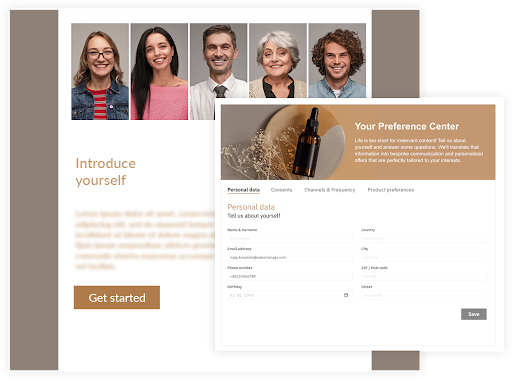
Example
A relationship based on zero- and first-party data can take different forms. For example, a person visits an eCommerce site. After viewing several products, they fill out a preference survey and leave an email address to receive a discount. You process this information to send an email with a discount code and suggest some products that match the stated preferences. During the next interaction, you recommend the person to use the site’s wish list mechanism. At the same time, you record their actions with first-party cookies. All of this knowledge translates into personalization of the website elements and the best possible adjustment of communication in various marketing channels.
Zero-party data: The How
The best way to get zero-party data is to ask. Many customers will gladly exchange personal information in exchange for a personalized shopping experience and a smoother buying process. We (customers) like to feel special. Of course, a 50-question survey on the first visit to a store is a huge overkill, but there are smarter ways to encourage users to leave their data.
Collecting zero-party data across entire Customer Lifetime
Throughout their lifecycle, a customer’s relationship with a brand changes. Initially, they may be reluctant to share their story, so the first data requests should be low-key and reasonable, preferentially accompanied by a tangible incentive. In other words: don’t force it! Adapting to the client’s pace is crucial here.
As the relationship develops, people begin to trust brands and decide whether they want to have a more intimate interaction with them. The better, more engaged the relationship, the greater the chance of gaining valuable personal information to better tailor the communication.
From onboarding to post-purchase with zero-party data
There are three milestones in a brand’s relationship with its customers:
- Onboarding,
- Purchase,
- Post-purchase.
They mark three different stages of a relationship. At each stage, you will collect a different type of zero-party data.
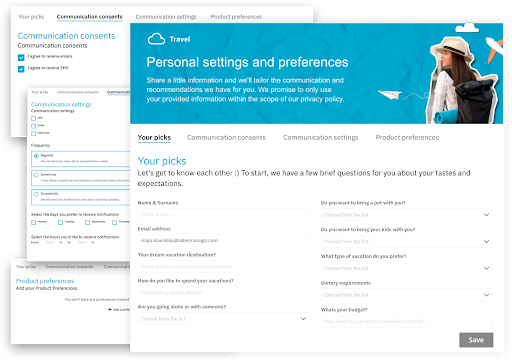
Onboarding is when the person first identifies themselves on the site. You’re just getting to know each other, so it’s normal to ask for very basic information like favorite brand, clothing size, or dream vacation destinations.
Purchase is the moment when you get a formal confirmation of their preferences and you can learn a lot of practical things about the customer, like where to deliver the items.
Post-purchase is the time to see yourself in someone else’s eyes. A relationship already exists, at this point, not only can you ask for feedback on the service or the product itself, but also for future wishes. You can also periodically update the information you have.
How to fuel CDP with the right data?
Many tools ensure the flow of valuable zero-party data to the Customer Data Platform. These include quizzes, pop-ups, and forms. The most advanced form that combines the capabilities of these features are state-of-the-art Customer Preference Centers. In a single place, they allow users to share and manage the most important information about themselves and how they see their relationship with the brand. The centers allow the merging of different tools into the ecosystem that collects data from customers and aggregates it on the individual contact cards according to their wishes. This is done through the integration with other modules of the platform, like:
- Pop-up,
- Landing page (the Center itself),
- Email.
Ways to collect zero-party data with the Customer Preference Center
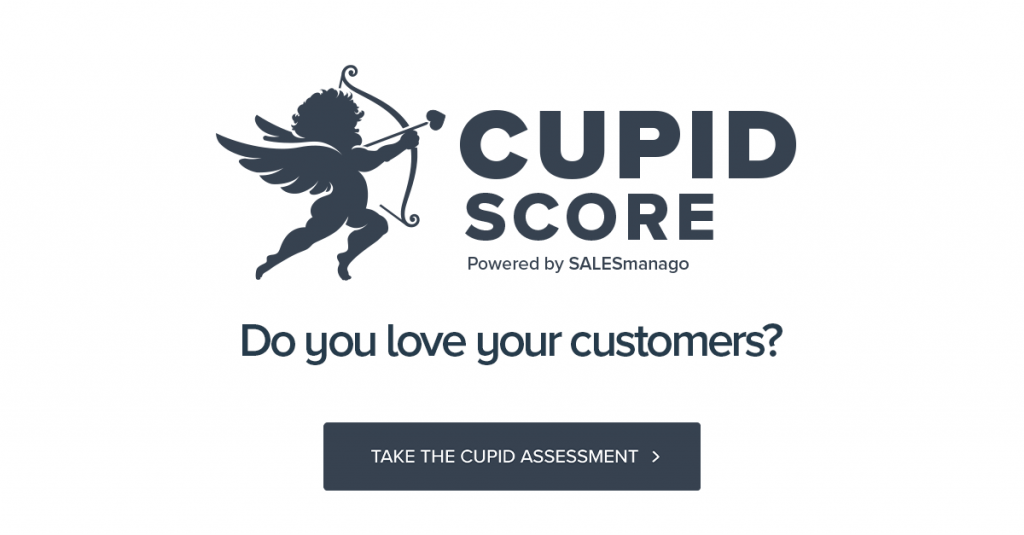




 Follow
Follow
















